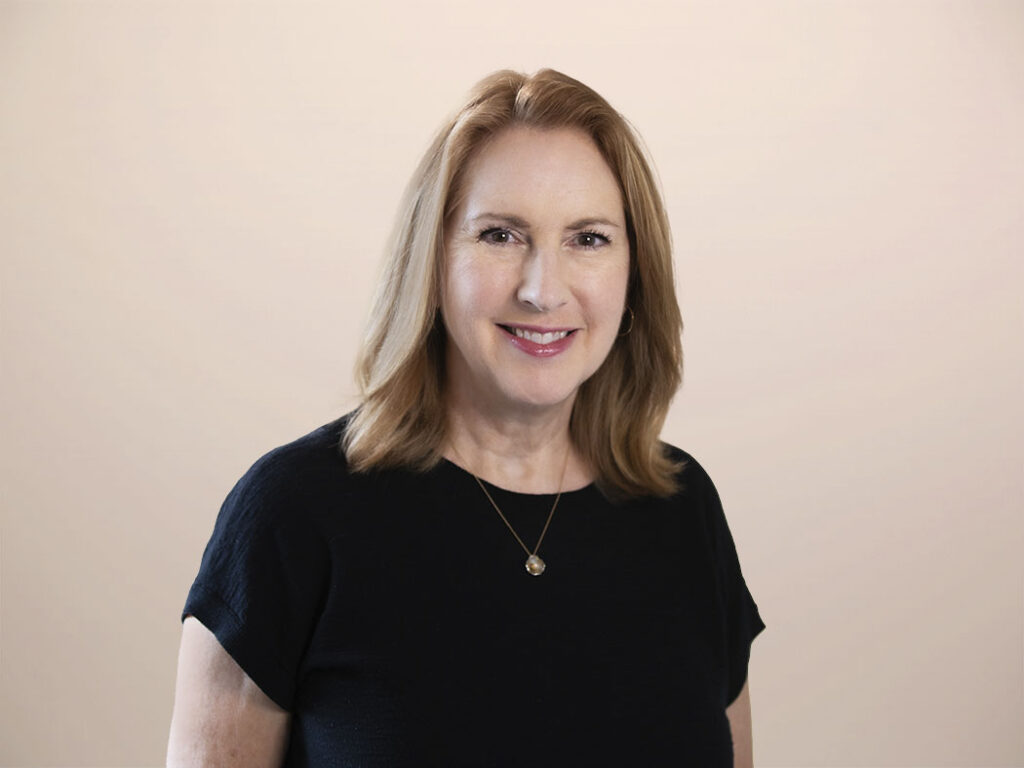Getting Buyer Experience Right Is A Must For B2B Organizations
B2B organizations excel at customer experience (CX), but they don’t apply the same discipline to the buyer experience. It’s an often-overlooked lever for accelerating growth. With B2B buyers more savvy and demanding than ever, taking a CX approach to understanding and managing the buyer experience can be a competitive advantage.
But what exactly do we mean by “buyer experience”? Forrester defines buyer experience as a buyer’s perceptions of the full set of actions, interactions, and engagements that buyers work through, from defining a problem and exploring solutions through to the selection of a vendor and the finalization and initial deployment of a purchase. Basically, this entails thinking beyond the conception and execution of a buyer’s journey map to understanding how buyers themselves feel about the process of purchasing from you. Here are three things to consider when thinking through how to manage the buyer experience at your organization.
1) B2B Buyers Are Not Satisfied
Understanding the buyer experience begins with understanding the buyer. This includes grasping both what satisfies the buyer and what doesn’t. After all, according to Forrester’s Buyers’ Journey Survey, 2022, most global purchase influencers reported at least one area of dissatisfaction with the winning vendor at the conclusion of a purchase. Buyer dissatisfaction doesn’t just mean the factors that dissuade them from moving forward with the purchase; it extends to winning vendors that don’t consistently help buyers realize value (what they get exceeds what they give up in pursuit of their goal) during the purchasing process. And that’s where customer value comes in.
2) Customer Value Is The Key To Customer Obsession
One of the most important aspects of B2B buying behavior is how buyers perceive value from vendors. They are looking for relationships, connections, and benefits that go well beyond the offering. And that starts with the buying process. Understanding customer value is vital to managing a customer-obsessed buyer experience in which a buyer perceives value in their journey through the buying process itself. For example, how easily are they able to find the information they need? Or how well do they feel understood and respected? B2B buyers that perceive value are more likely to be satisfied during each phase of the buyer’s journey and become better, more profitable long-term customers.
3) Portfolio Marketing Teams Should Take The Lead On Buyer Experience
Because of their focus on understanding buyer personas and buyer journey mapping, portfolio marketing teams are uniquely positioned and well equipped to orchestrate improvements to the buyer experience. With these insights already in their toolbox, portfolio marketers can apply their learnings to understanding how B2B buyers perceive value. From there, they can orchestrate improvements across the various teams that deliver the touchpoints that make up the buyer’s holistic experience.
Join Us At B2B Summit
Interested in learning more about managing the buyer experience? Join me and VP, Principal Analyst Ross Graber at Forrester’s B2B Summit North America from June 5–7 in Austin, Texas. In our session, “Managing Buyer Experience Changes Everything: Your 1-2-3 Guide To Getting Started,” we will highlight three foundational steps — personas, journey maps, and orchestration — that you can take to design a better buyer experience. Register for B2B Summit North America here. We hope to see you there!
